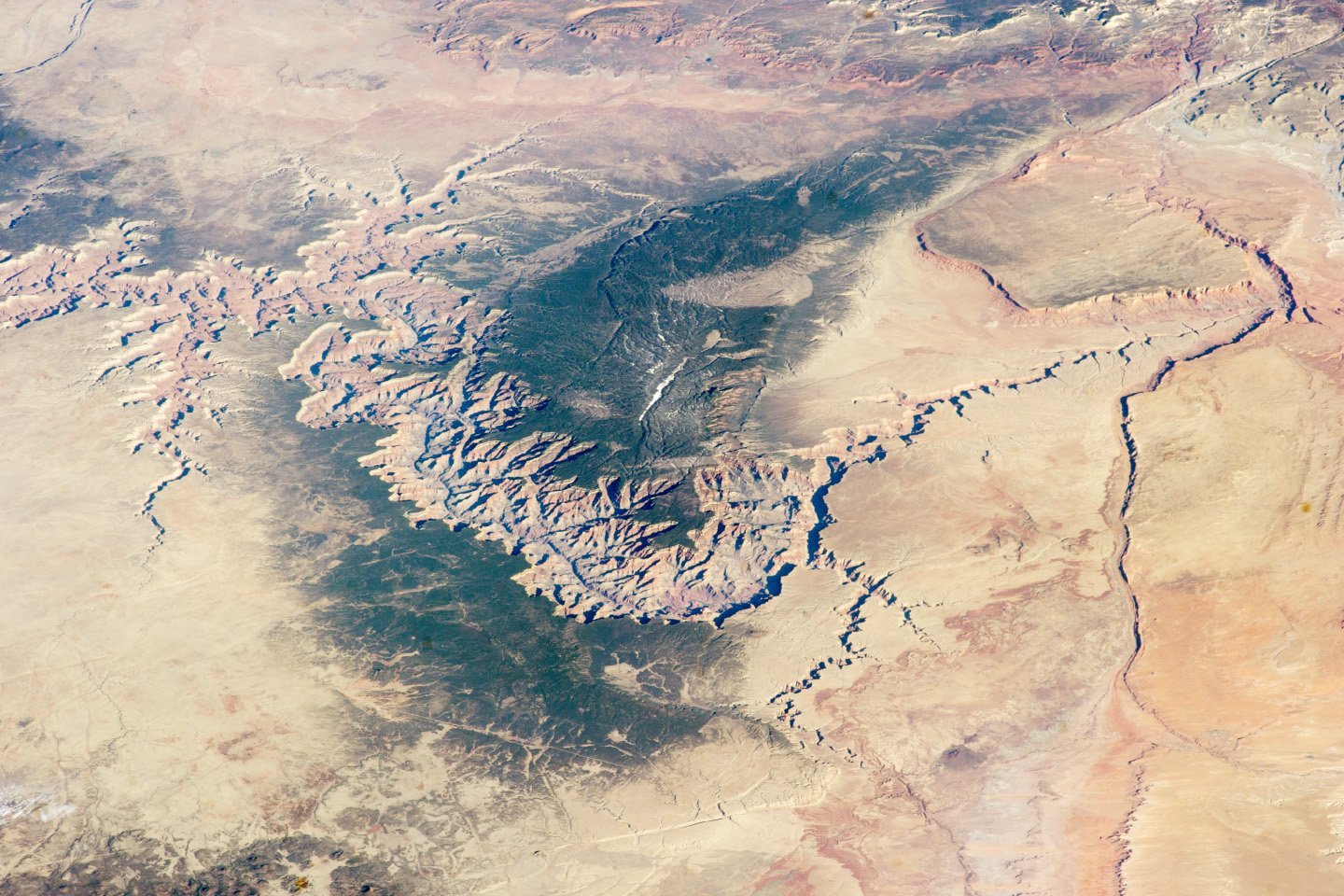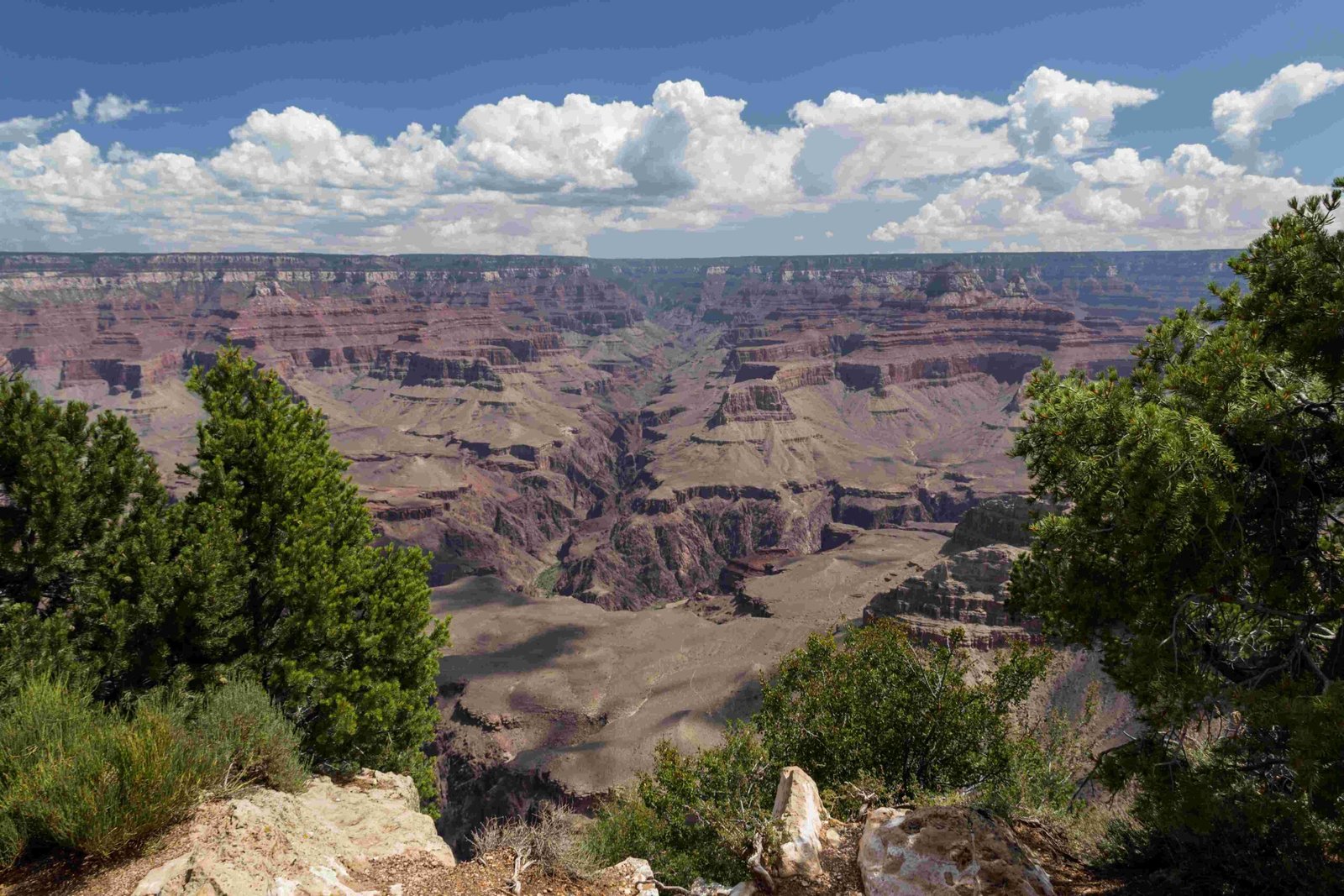The Grand Canyon represents an extraordinary geological marvel spanning 277 miles, revealing nearly two billion years of Earth’s complex geological history through its dramatic rock layers, diverse ecosystems, and stunning natural landscapes. This remarkable natural attraction offers visitors an unparalleled opportunity to explore one of the world’s most significant geological formations, showcasing intricate canyon walls, unique rock formations, and breathtaking panoramic views that have been sculpted by millions of years of geological processes.
What Makes Grand Canyon Natural Attractions Unique?

Geological Diversity and Formation
The Grand Canyon’s natural attractions are defined by their extraordinary geological complexity. The canyon’s exposed rock layers represent an incredible timeline of Earth’s history, with some formations dating back 1.8 billion years. These layers include:
- Vishnu Schist: The oldest rock layer, approximately 1.8 billion years old
- Zoroaster Granite: Intrusive igneous rock formations
- Kaibab Limestone: The uppermost layer, representing more recent geological periods
Spectacular Viewpoints and Landscapes
| Viewpoint | Unique Features | Accessibility |
|---|---|---|
| Mather Point | Iconic panoramic views | Easily accessible |
| Desert View | Historic watchtower | Car accessible |
| Toroweap Overlook | 3,000-foot vertical drop | Remote location |
Ecological Significance
The Grand Canyon hosts multiple ecological zones, ranging from desert landscapes to pine forests. These diverse ecosystems support:
- Over 355 bird species
- 89 mammalian species
- 47 reptile species
- Unique plant communities adapted to extreme environmental conditions
How Can Visitors Explore Grand Canyon Natural Attractions?

Recommended Hiking Trails
- Bright Angel Trail: 9.5 miles round trip, showcasing geological layers
- South Kaibab Trail: 6.5 miles round trip with stunning canyon perspectives
- Rim Trail: 13-mile scenic route with minimal elevation changes
Seasonal Considerations
| Season | Visitor Experience | Recommended Activities |
|---|---|---|
| Summer | Peak visitation | Hiking, sightseeing |
| Winter | Limited North Rim access | Photography, limited trails |
| Spring/Fall | Moderate temperatures | Hiking, wildlife viewing |
Photography and Observation Tips
Capturing the Grand Canyon’s natural attractions requires:
– Wide-angle lens
– Early morning or late afternoon lighting
– Tripod for stable shots
– Multiple perspective angles
What Scientific Insights Can Be Gained?
The Grand Canyon serves as a living geological textbook, offering researchers and visitors insights into:
- Plate tectonics
- Erosion processes
- Climate change historical records
- Evolutionary biological adaptations
Research Opportunities
Scientists continue studying the Grand Canyon to understand:
– Geological formation mechanisms
– Climate change indicators
– Biodiversity evolution
– Water resource management
Visitor Preparation and Conservation
Essential Visitor Guidelines
- Carry sufficient water
- Use sun protection
- Follow designated trails
- Respect wildlife habitats
- Practice Leave No Trace principles
Conservation Efforts
The National Park Service actively works to:
– Preserve geological formations
– Protect endangered species
– Manage visitor impact
– Conduct ongoing research
Conclusion
Grand Canyon natural attractions offer an unparalleled journey through geological time, presenting visitors with a living museum of Earth’s extraordinary transformations. Each viewpoint, trail, and rock layer tells a unique story of our planet’s complex history.

